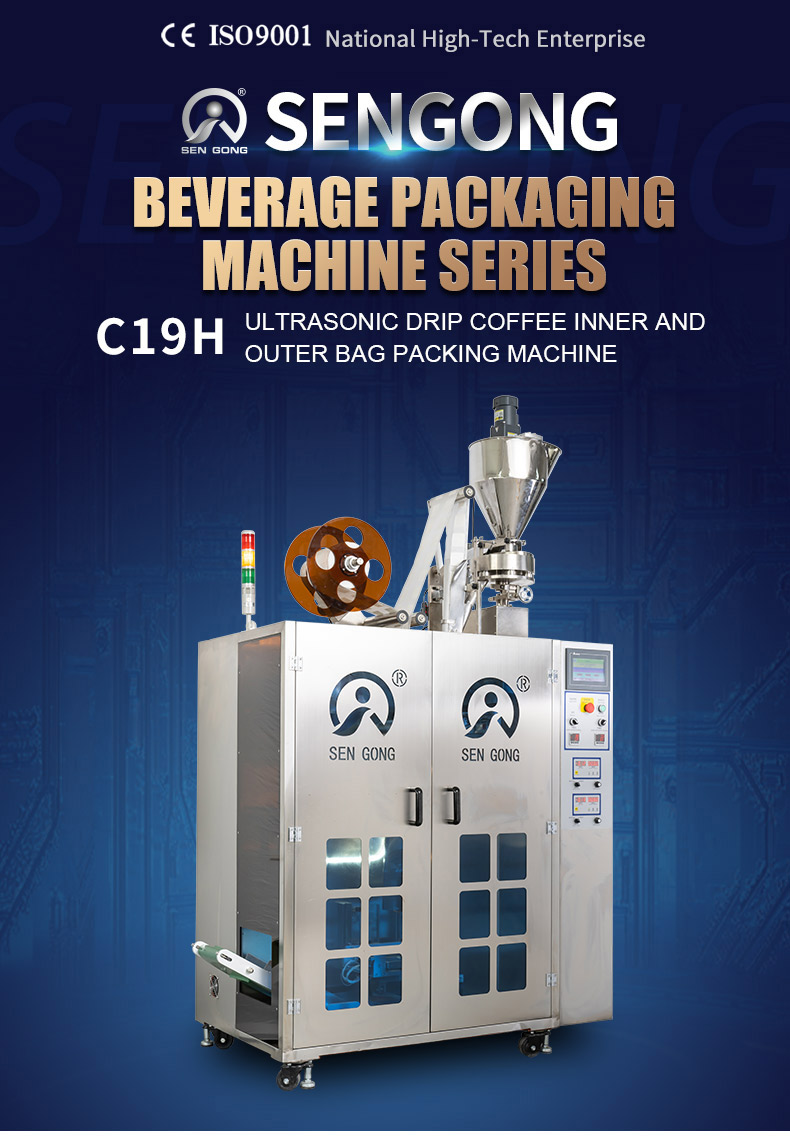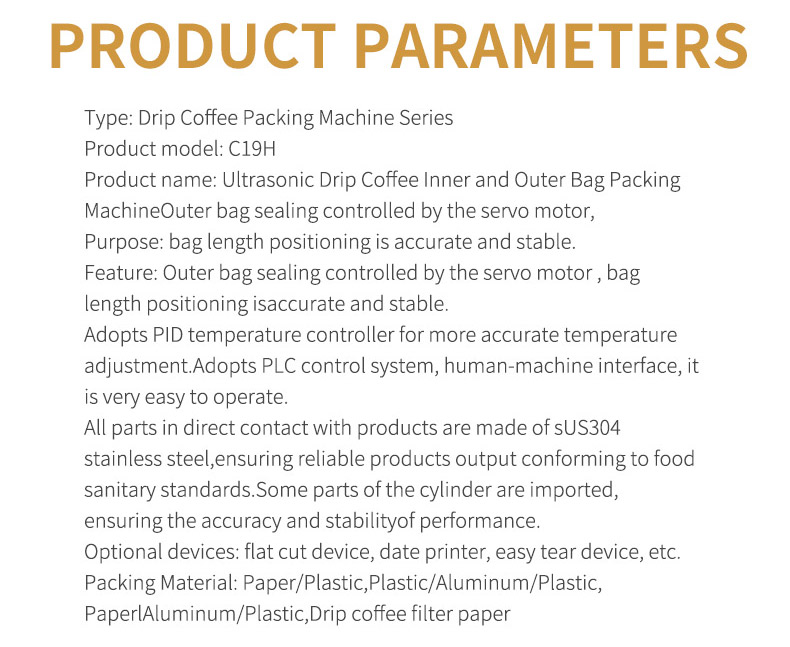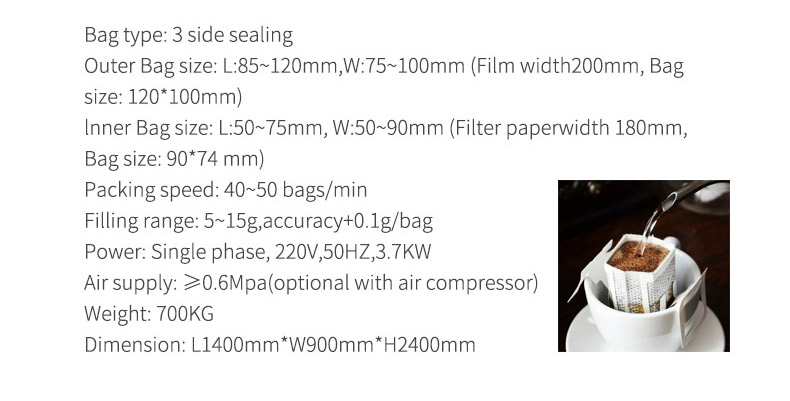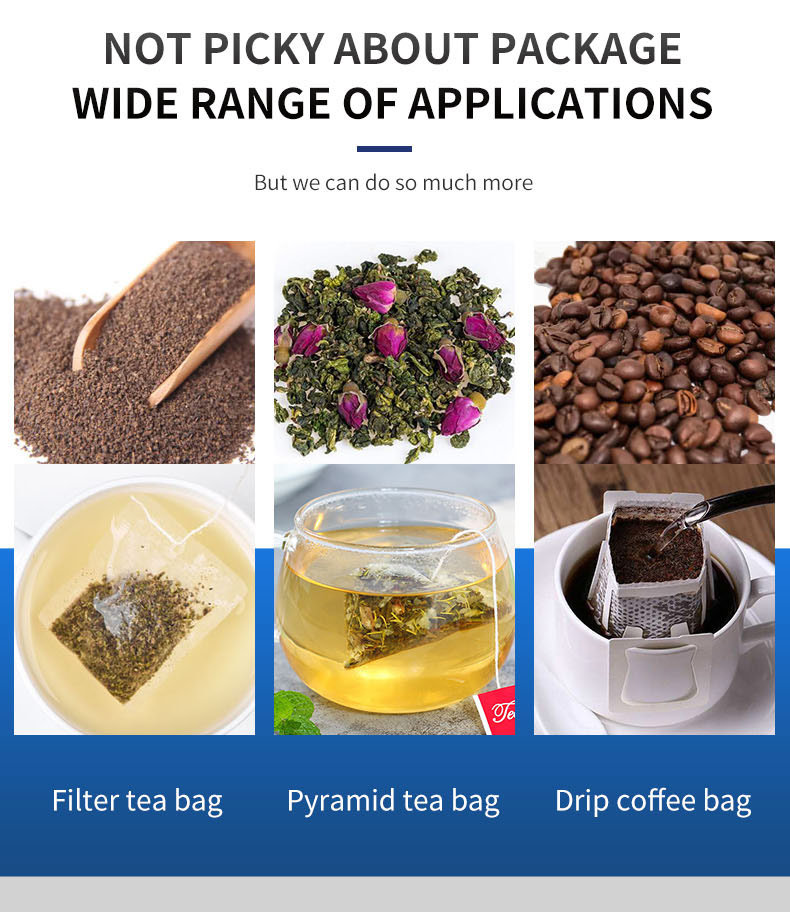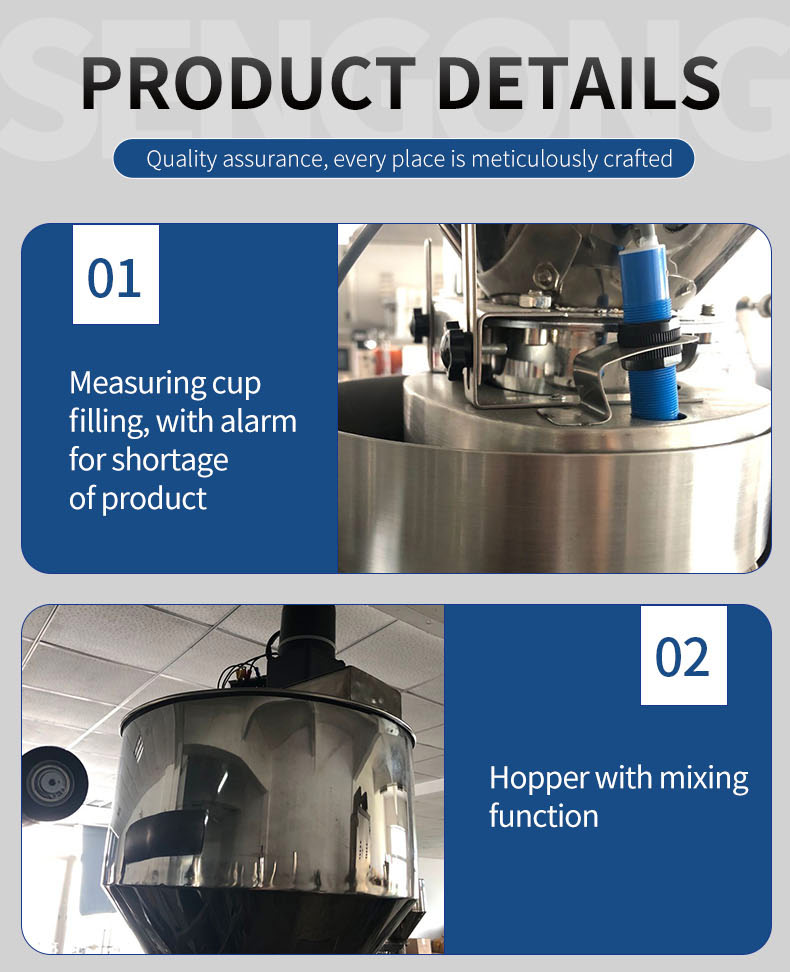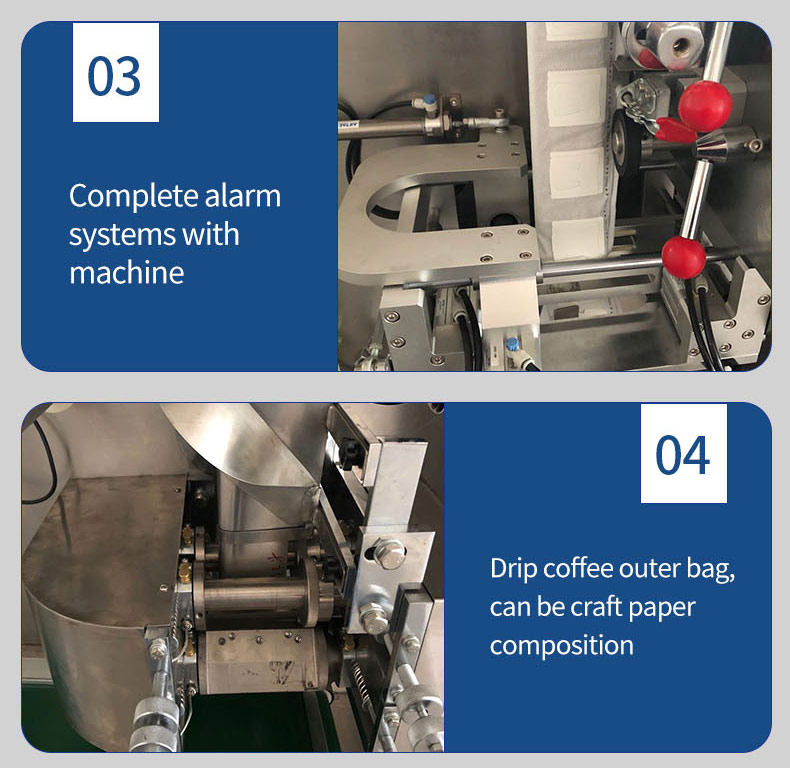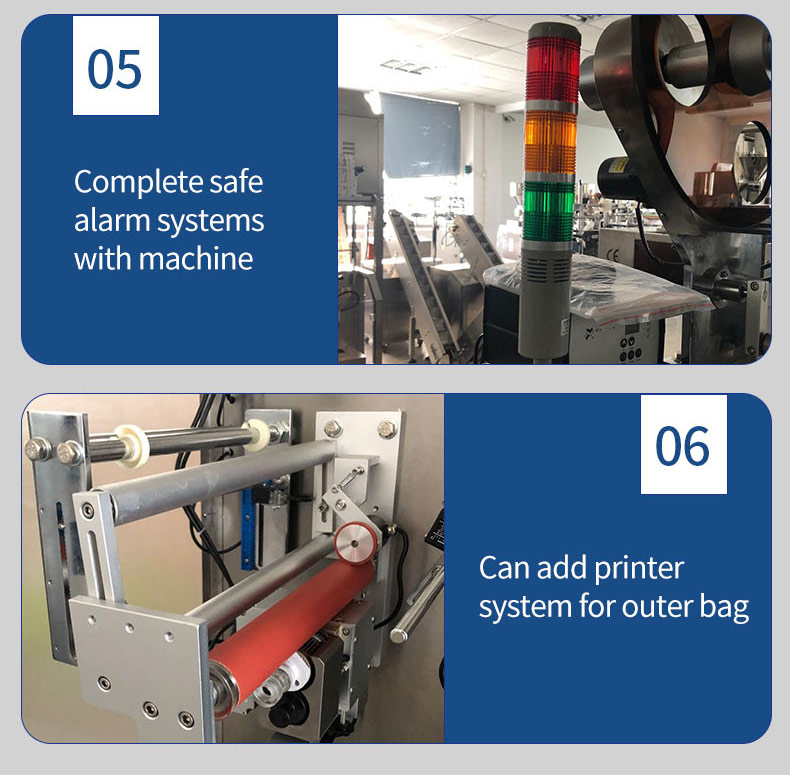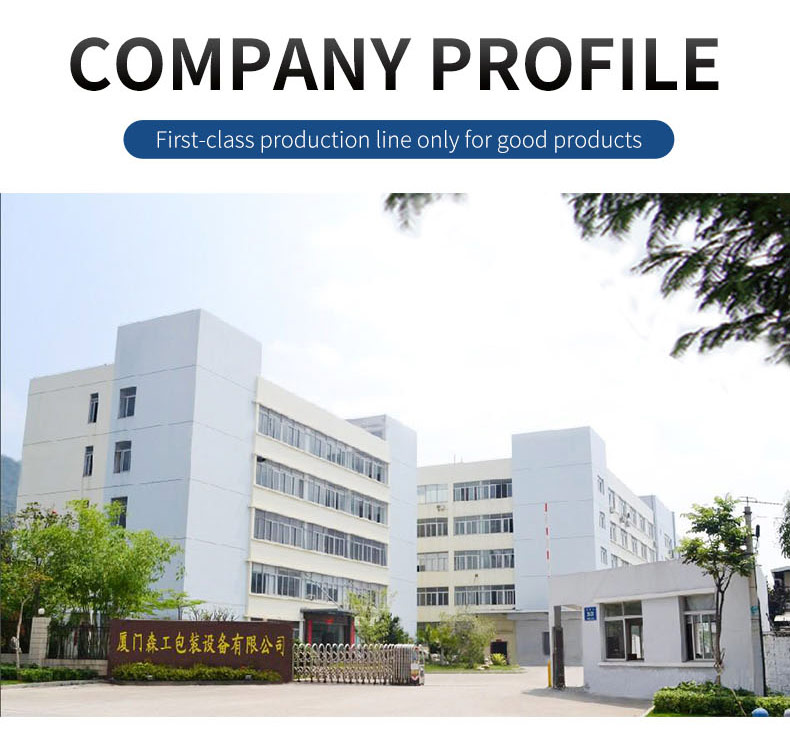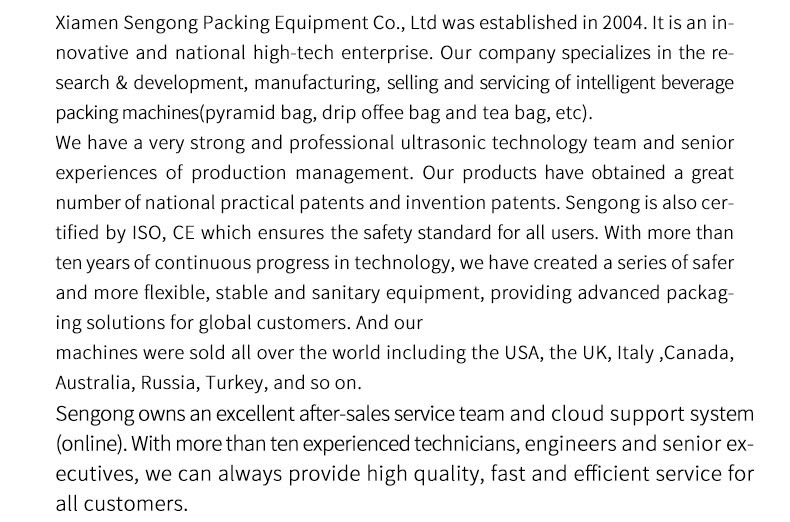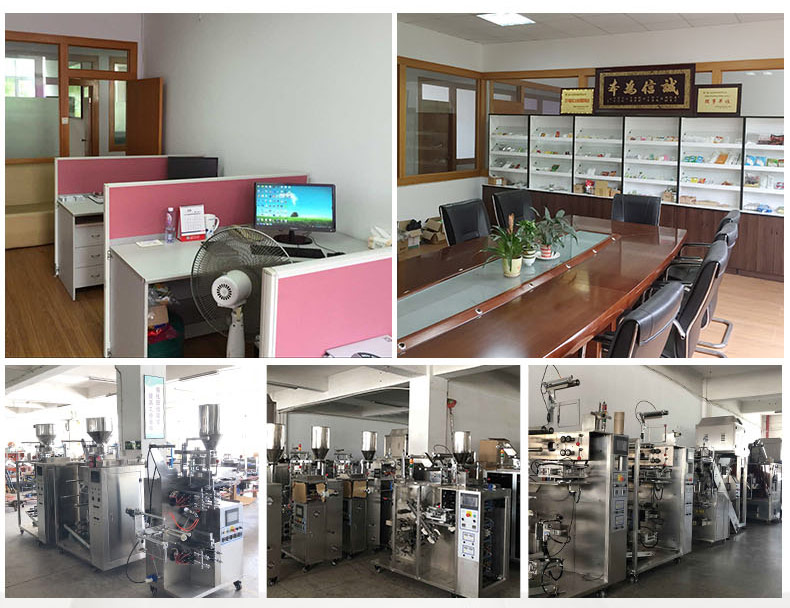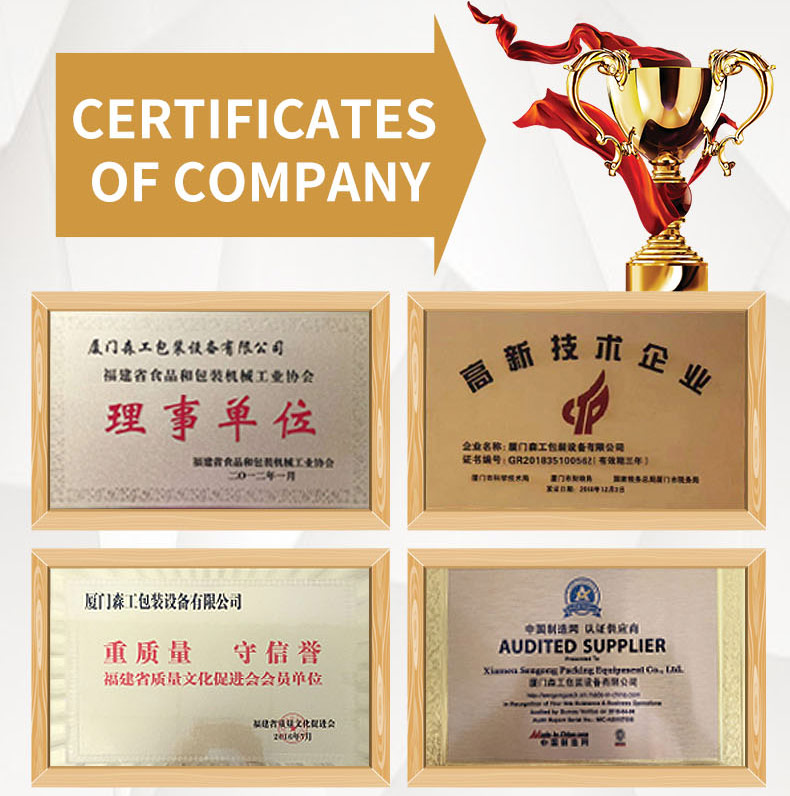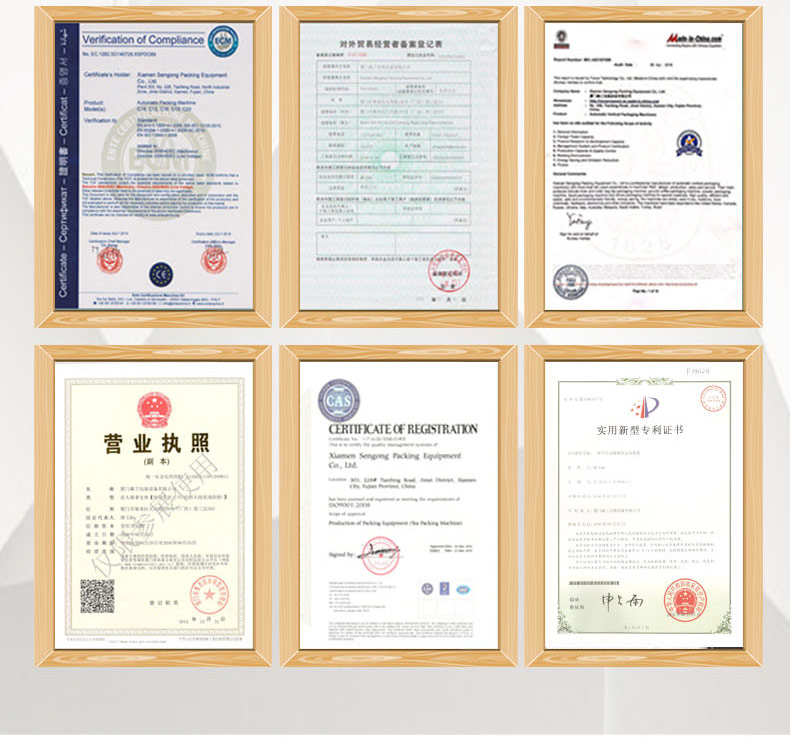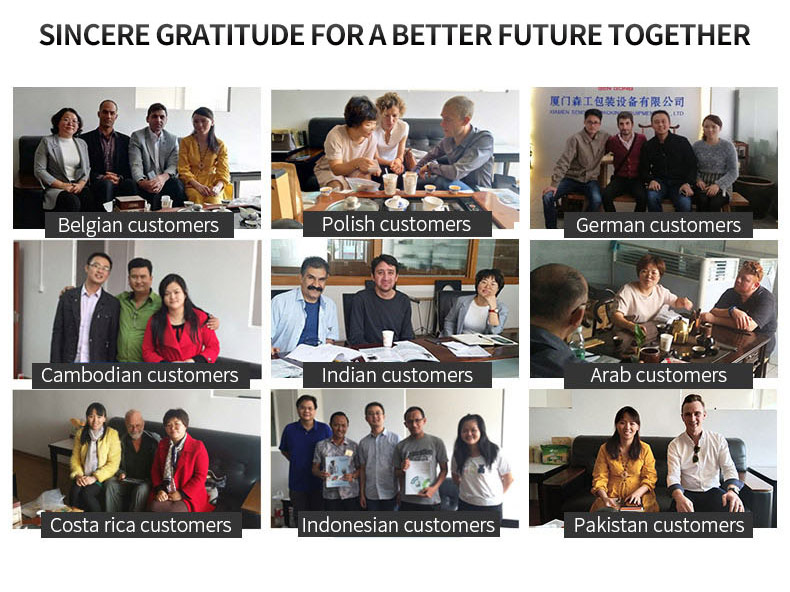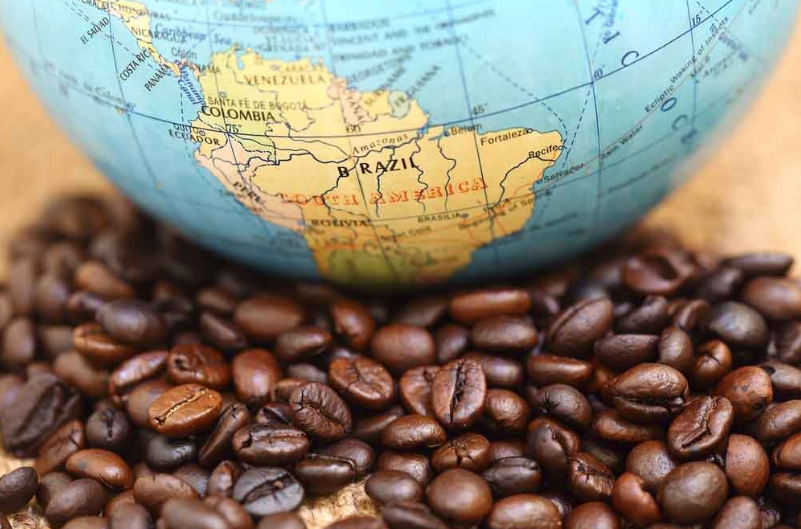
Brazilian coffee is a vital part of the global coffee industry, with its production and influence ranking among the top in the world. Below is an in-depth introduction to Brazilian coffee from multiple perspectives:
### I. Geographic Distribution and Climatic Conditions of Brazilian Coffee
1. **Major Production Areas**
Brazil is the world’s largest coffee producer, with coffee cultivation concentrated in the following regions:
– **Minas Gerais**: The most important coffee-producing state in Brazil, renowned for high-quality Arabica coffee.
– **São Paulo**: The second-largest coffee-producing state, with extensive planting areas.
– **Paraná**: Known primarily for Robusta coffee production.
– **Espírito Santo**: Increasingly becoming an important region for Arabica coffee production.
2. **Climatic Conditions**
Brazil’s tropical climate is ideal for coffee cultivation, with abundant sunlight and suitable rainfall providing an optimal growing environment. The altitude of different regions also affects the flavor of the coffee.
### II. Main Varieties of Brazilian Coffee
1. **Arabica Coffee**
– Accounts for approximately 70%-80% of Brazil’s coffee production.
– Characteristics: Higher acidity, complex flavor profile, and rich aroma.
– Primarily grown in high-altitude regions (e.g., Minas Gerais).
2. **Robusta Coffee**
– Constitutes the remaining 20%-30%.
– Characteristics: Heavier bitterness, higher caffeine content, suitable for espresso and instant coffee.
– Primarily grown in low-altitude regions (e.g., Paraná).
3. **Blended Coffee**
– Commonly found in the Brazilian market, blended coffee combines Arabica and Robusta to balance flavor and cost.
### III. Flavor Characteristics of Brazilian Coffee
1. **Arabica Coffee**
– Flavor: Rich fruitiness with layers of chocolate, nuts, and floral notes.
– Acidity: Bright and clean, ideal for single-origin consumption.
– Aftertaste: Long-lasting and pleasant.
2. **Robusta Coffee**
– Flavor: Full-bodied with hints of wood and earthy tones.
– Acidity: Lower, with a more pronounced bitterness.
– Aftertaste: Stronger and more robust.
3. **Regional Differences**
– Arabica coffee from Minas Gerais is known for its delicate acidity and rich aroma.
– Coffee from São Paulo may feature more chocolatey and caramel-like flavors.
### IV. Processing Techniques of Brazilian Coffee
1. **Traditional Processing Methods**
– **Natural Drying Method (Dry Process)**: Coffee cherries are dried directly after harvesting, preserving more fruity notes.
– **Wet Processing**: The pulp is removed, followed by fermentation, washing, and drying, resulting in cleaner flavors.
2. **Modern Processing Technologies**
– Brazil has adopted advanced processing equipment and technologies to improve coffee quality and consistency.
– Micro-lot coffee is gaining popularity, focusing on (refinement and flavor enhancement).
### V. Grading and Certification of Brazilian Coffee
1. **Grading Standards**
– The Brazilian Coffee Association (Coffe Brasil) has established strict grading standards based on bean size, shape, color, and defect rate.
– Common grades include “Extra,” “Prime,” and “Standard.”
2. **Sustainability Certifications**
– Many Brazilian coffee estates have obtained certifications such as Rainforest Alliance, Organic Certification, and Fair Trade.
– Sustainable farming and environmental protection have become key priorities in Brazil’s coffee industry.
### VI. The Position of Brazilian Coffee in the International Market
1. **Production and Exports**
– Brazil is the largest coffee producer and exporter globally, accounting for approximately one-third of the world’s coffee production.
– Major export markets include the United States, Europe, and Asia.
2. **Price Impact**
– Weather changes in Brazil (e.g., frost, drought) can significantly affect global coffee prices.
– For example, the frost in 2021 led to reduced coffee production in Brazil, causing global coffee prices to rise.
3. **Branding and Market Promotion**
– Brazil actively promotes its coffee brands internationally, such as the “Café do Brasil” certification program.
– Brazilian coffee is highly regarded worldwide for its high cost-effectiveness and diverse flavors.
### VII. Cultural Significance of Brazilian Coffee
1. **Role in Daily Life**
– Coffee is an indispensable part of daily life for Brazilians, particularly during breakfast and afternoon tea.
– The traditional Brazilian drink “cafezinho” (meaning “little coffee”) is a strong and sweet black coffee.
2. **Festivals and Celebrations**
– Coffee is often featured in Brazilian festivals and celebrations, such as Carnival and family gatherings.
– Coffee plantations have also become tourist attractions, offering visitors a chance to experience coffee culture.
### VIII. Future Trends of Brazilian Coffee
1. **Sustainability**
– Brazil is promoting sustainable coffee farming by reducing the use of fertilizers and pesticides.
– Applications of biodiesel and organic farming techniques are gradually becoming widespread.
2. **Technological Innovation**
– Artificial intelligence and IoT technology are being integrated into coffee cultivation and processing to enhance efficiency and quality.
– Micro-lot coffee and personalized customization are expected to become important market directions in the future.
3. **Market Demand Changes**
– With increasing consumer focus on health and environmental protection, demand for organic coffee and Fair Trade coffee is expected to continue growing.
### Conclusion
Brazilian coffee stands out globally due to its diverse flavors, high production volume, and wide market influence. Whether it is traditional Arabica coffee or modern blended coffee, Brazil offers a wide range of choices to the world. Looking ahead, with advancements in sustainability and technological innovation, Brazilian coffee will continue to play a significant role in the global market.
Type: Drip Coffee Packing Machine Series
Product model: C19H
Product name: Ultrasonic Drip Coffee Inner and Outer Bag Packing MachineOuter bag sealing controlled by the servo motor,
Purpose: bag length positioning is accurate and stable.
Feature: Outer bag sealing controlled by the servo motor , bag length positioning isaccurate and stable.
Adopts PID temperature controller for more accurate temperature adjustment.Adopts PLC control system, human-machine interface, it is very easy to operate.
All parts in direct contact with products are made of sUS304 stainless steel,ensuring reliable products output conforming to food sanitary standards.Some parts of the cylinder are imported, ensuring the accuracy and stabilityof performance.
Optional devices: flat cut device, date printer, easy tear device, etc.
Packing Material: Paper/Plastic,Plastic/Aluminum/Plastic,PaperlAluminum/Plastic,Drip coffee filter paper
Bag type: 3 side sealing
Outer Bag size: L:85~120mm,W:75~100mm (Film width200mm, Bag size: 120*100mm)
lnner Bag size: L:50~75mm, W:50~90mm (Filter paperwidth 180mm, Bag size: 90*74 mm)
Packing speed: 40~50 bags/min
Filling range: 5~15g,accuracy+0.1g/bag
Power: Single phase, 220V,50HZ,3.7KW
Air supply: ≥0.6Mpa(optional with air compressor)
Weight: 700KG
Dimension: L1400mm*W900mm*H2400mm
